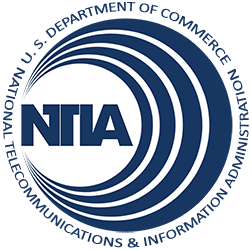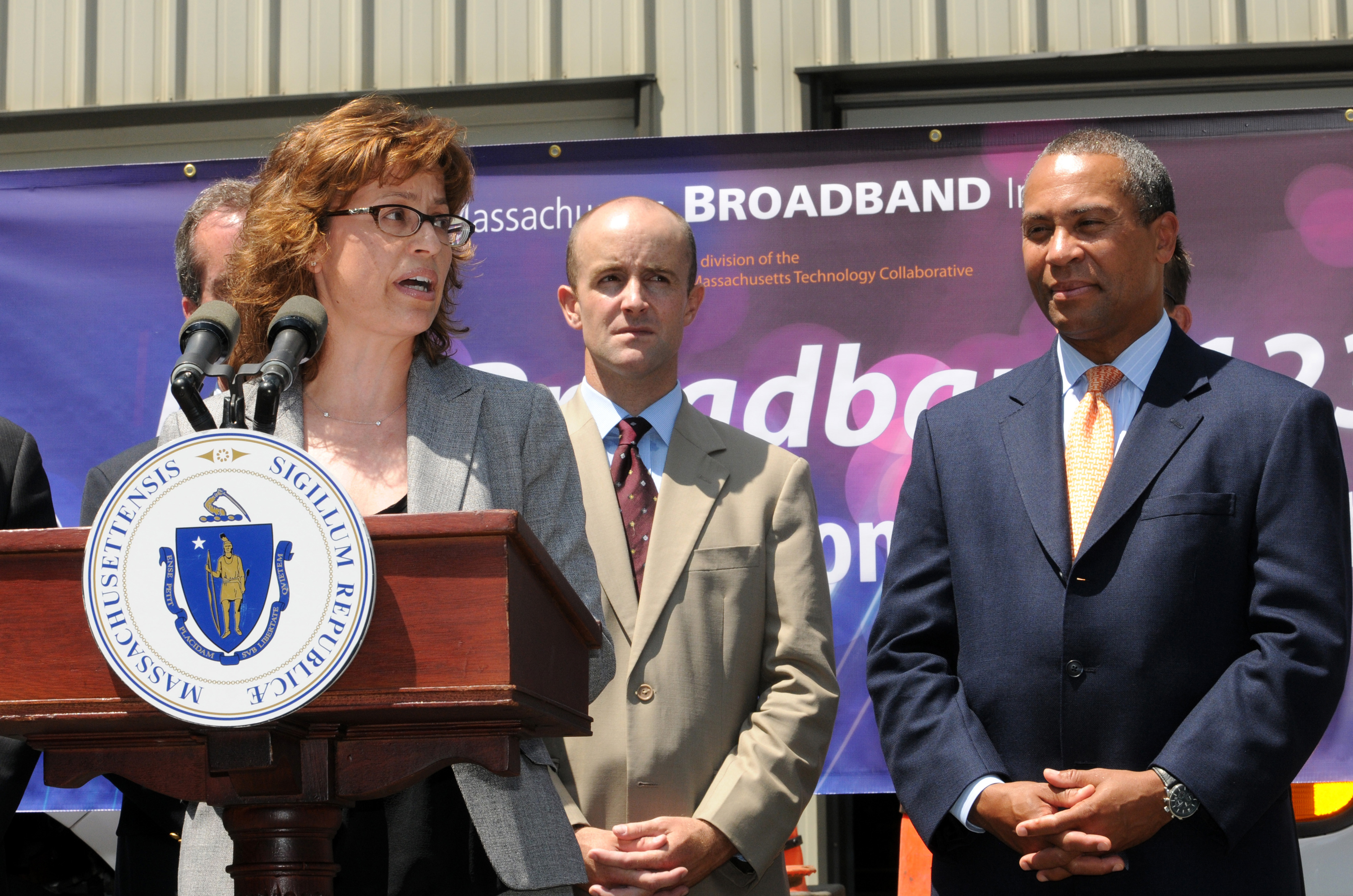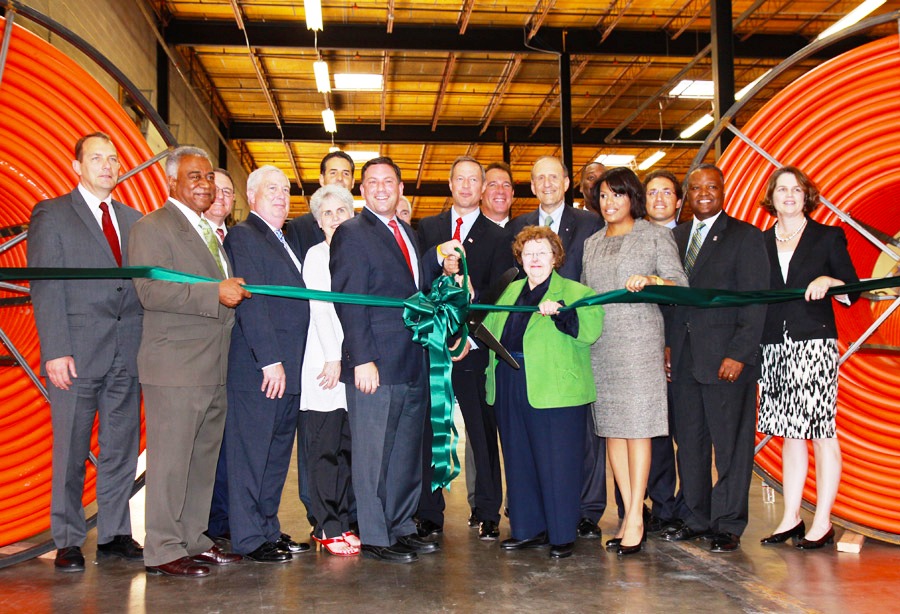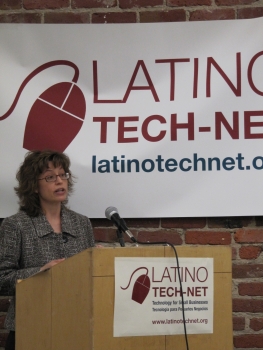The National Broadband Map Gets an Update
Earlier this year, we launched a ground-breaking interactive online map that shows what high-speed Internet services are available across the country. Like the spread of railroads and electrification spurred new economic opportunities during America’s past, broadband is supporting new economic opportunities in America today. Experts agree that we must better understand where sufficient broadband exists in order to address where it does not.
The National Broadband Map, powered by a searchable database of more than 20 million records, has already drawn more than 500,000 different users. Today we are rolling out the first significant update of the map since it was unveiled in February. The map has new data, current as of December 31. And the number of broadband providers supplying that data has increased to 1,731, up from 1,650 at launch.
Most of these new additions are small providers, including rural companies in places as varied as Alaska and Massachusetts, that may not be household names. Including them in the map will help ensure that consumers shopping for broadband service are aware of all their options.
In addition, the map now offers a new research tool that produces snapshots of individual broadband providers, showing where they offer service, what speeds they offer, and how much of the country – or of a particular state or county – they cover.
The map is an ambitious, unprecedented undertaking – the result of the most extensive set of American broadband availability data ever published – and it is only possible because of a unique federal-state-private partnership. NTIA created and is updating the map twice yearly in collaboration with the FCC, using data that every state, territory, and the District of Columbia (or their designees) collects from broadband providers or other sources.



